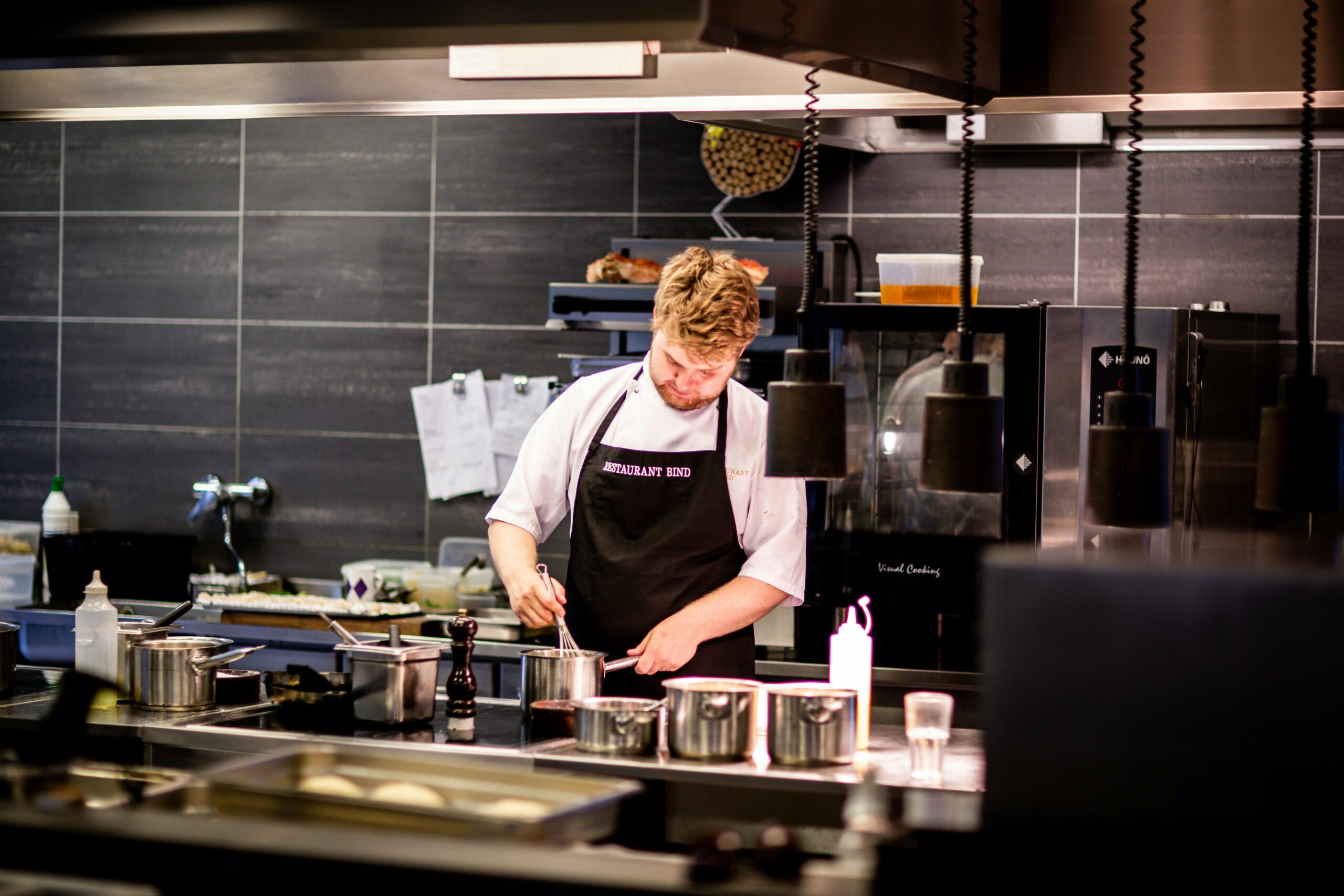The commercial kitchen is one of the most significant parts of the existence of food services. Moreover, it is the right place to start for probably maintaining. Ideally, it is a kitchen that is planned in a very creative and accurate way so it is heavenly equipped with special items and machinery which are essential for its operation. This article talks about the major segments in a professional kitchen that includes, in duel such equipment and items as elements, which are responsible for its trouble-free function.
Layout and Design
The layout and design, as the masonry in the commercial kitchen, come in a crucial soul. A well-designed kitchen layout leads to increased efficiency and productivity. In this design, there is usually a separate space for food preparation, cooking, plating, and dishwashing. Each of these sections is arranged in a way to make the movement of the equipment unnecessary and to have a significant enhancement of efficiency.
Food Preparation Area
In this area the foods should be washed, cut, and set for cooking. Commonly, this place is comprised of:
- Food-grade stainless steel benches
- Stainless steel worktables
- Cutting boards
- Sinks for washing produce
- Storage units for utensils and small equipment
Cooking Station
Cooking is the best kitchen activity in the world because it is here that artistic results are obtained. The necessary equipment in this part is usual:
- Commercial range with multiple burners
- Ovens (convection, combi, or deck ovens)
- Griddles and flat-top grills
- Deep fryer for commercial kitchen
- Salamander broilers
Refrigeration and Storage
Literally speaking, if only certain products like meats, some dairy, and all the other keeping perishables in the garage style were invented, it would have been difficult for people to stay healthy. The best kitchen place always has:
- Walk-in coolers and freezers
- Reach-in refrigerators
- Under-counter refrigeration units
- Dry storage areas for non-perishable items
- Specialty units like those used in floristry—yes, even finding a flower fridge for sale comes in handy when freshness is key beyond just food
Dishwashing Station
A newly established dishwashing area ensures that Weymouth joins other environmentally friendly councils by having a kitchen and cleaning dishes together efficiently. This part is made up of:
- Commercial dishwashers
- Three-compartment sinks
- Sanitizing equipment
- Storage for clean dishes and utensils
Food Processing Equipment
Professional kitchens use different advanced equipment to slash food preparation time. Like for instance, a chopper, a food processor, a slicer, and the grinder are among them. Are the following items:
- Food processors
- Mixers (stand mixers and immersion blenders)
- Slicers
- Grinders
Ventilation System
It is through the use of a well-running ventilation system that a commercial kitchen can successfully handle air quality and temperature control in the facility. Generally, there are:
- Commercial-grade exhaust hoods
- Makeup air systems
- Proper ductwork
Safety Equipment
The main principle in the kitchen is security. Necessary safety equipment comprise:
- Fire suppression systems
- First aid kits
- Non-slip floor mats
- Safety signage
Smallwares and Utensils
In essence, a fully equipped kitchen necessitates the use of a wide range of smallwares and utensils like:
- Pots and pans of various sizes
- Knives and cutting tools
- Measuring equipment
- Serving utensils
- Storage containers
Plating and Service Area
Plating and service area is usually the place where foods are garnished and the kitchen operates very fast to serve them. It often includes:
- Heat lamps
- Plating stations
- Garnish storage
- Expediting counter
Conclusion
The professional kitchen has an intricate and ever-changing backdrop which demands careful coordination and management. Every part has its own unique function and is responsible for the maintenance of high-quality food production and the prevention of the establishment of the company. From the layout and design to the specialized equipment and safety measures, every element contributes to the efficiency and the functional dynamics of the kitchen.
When starting a commercial kitchen, consider the restaurant’s needs. Think about the menu and how much food will be cooked. Investing in good equipment and having a well-organized space can boost productivity. This helps maintain food safety standards.

